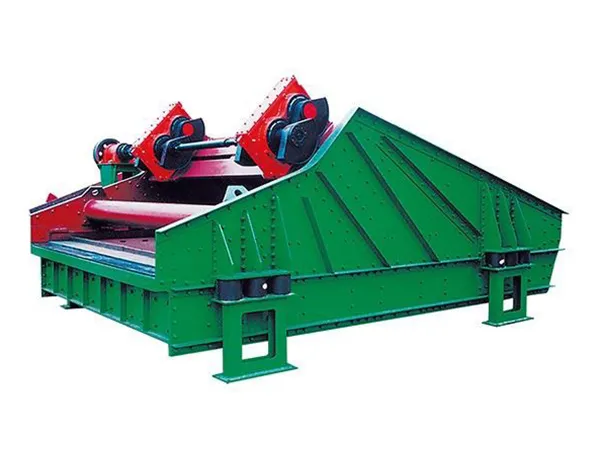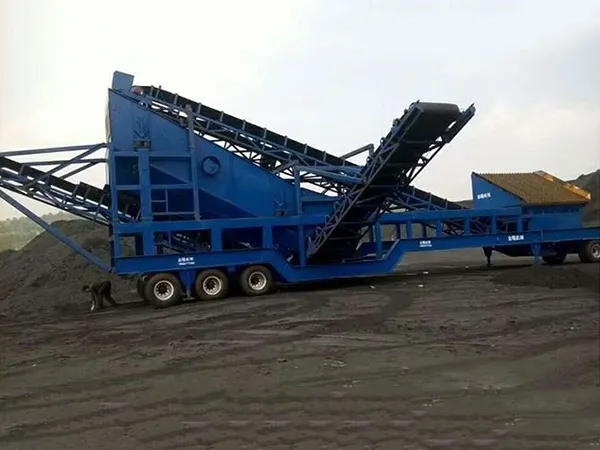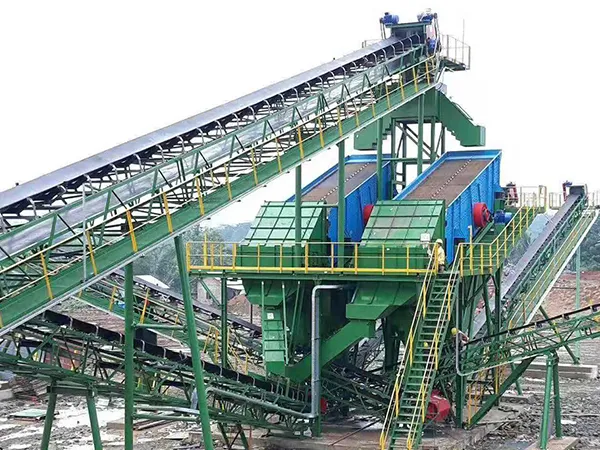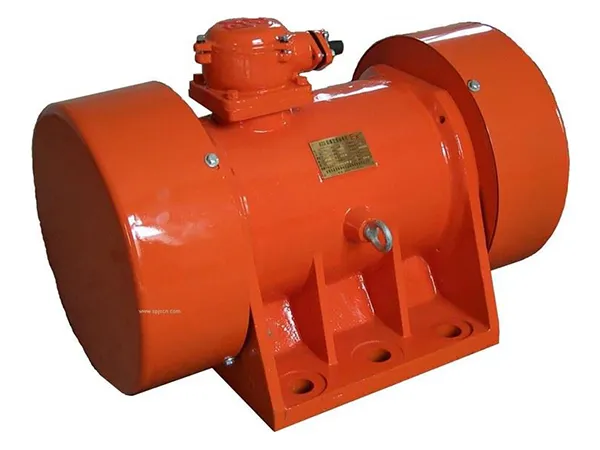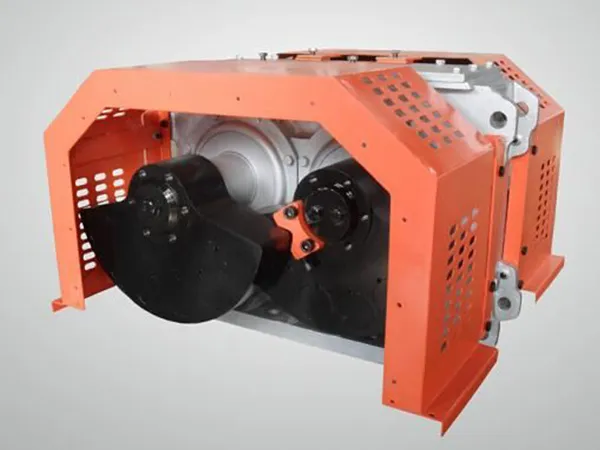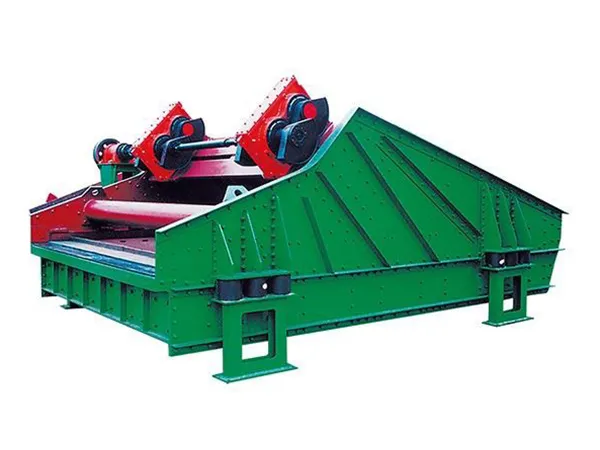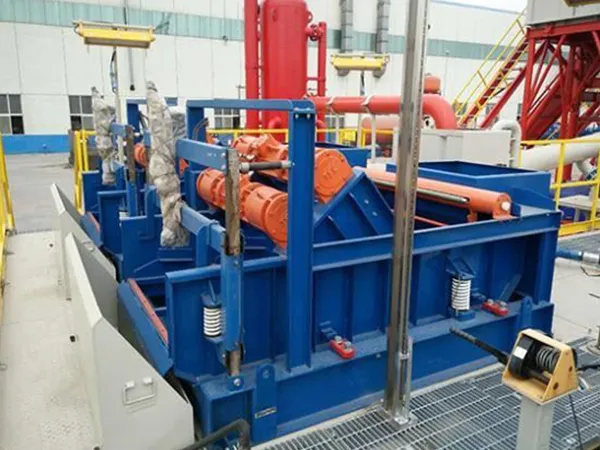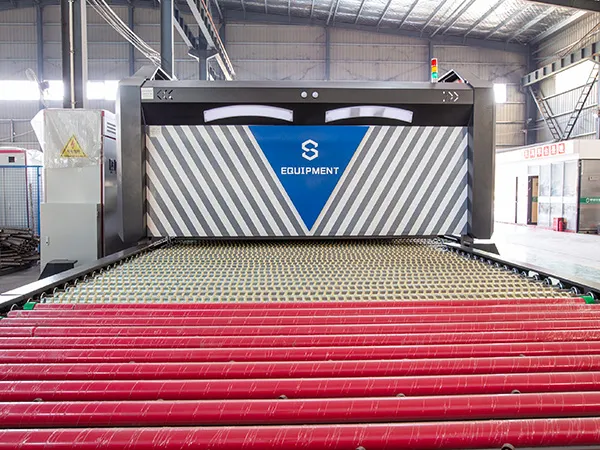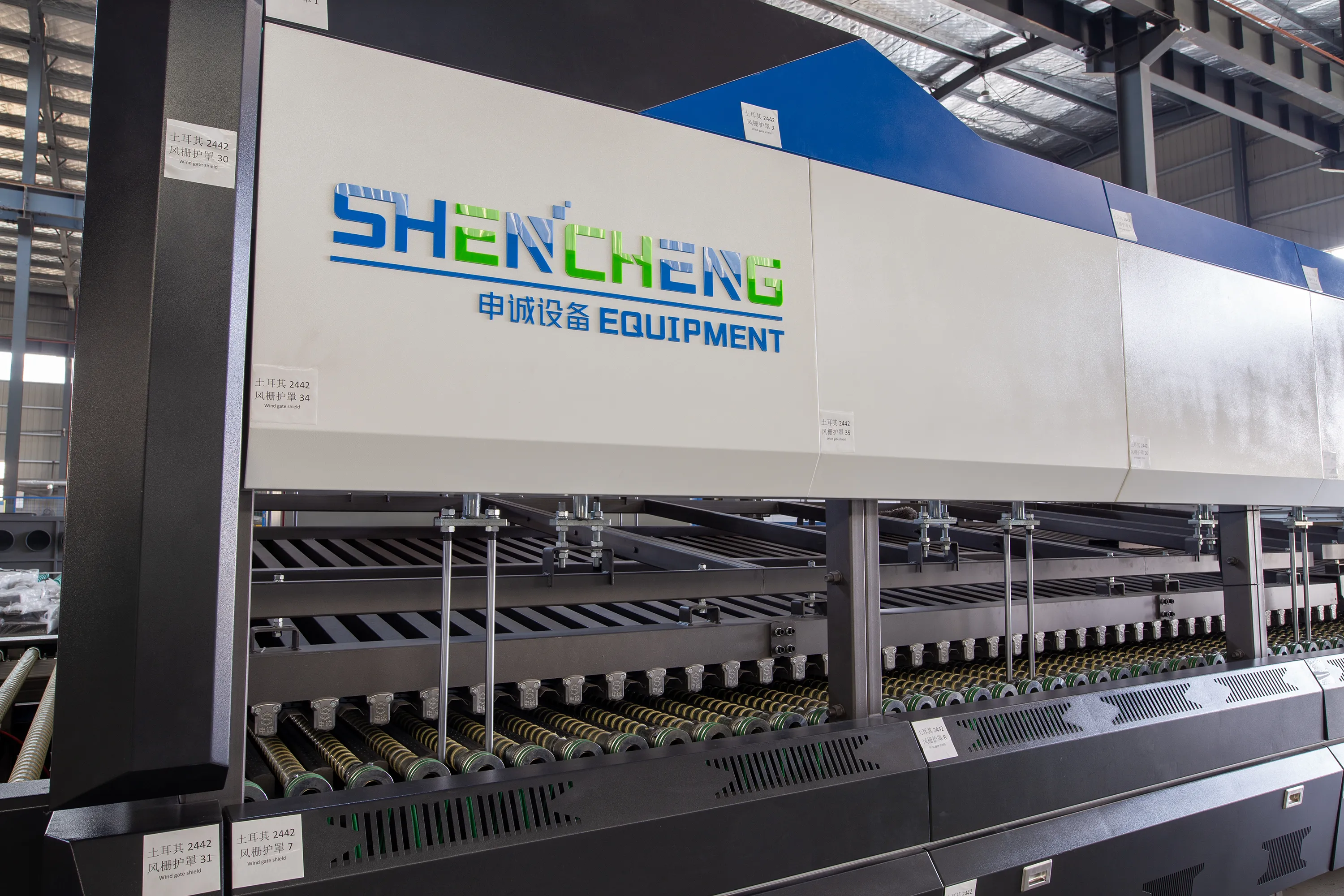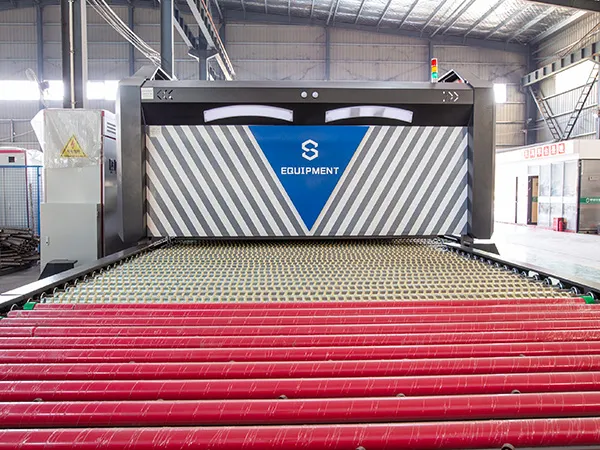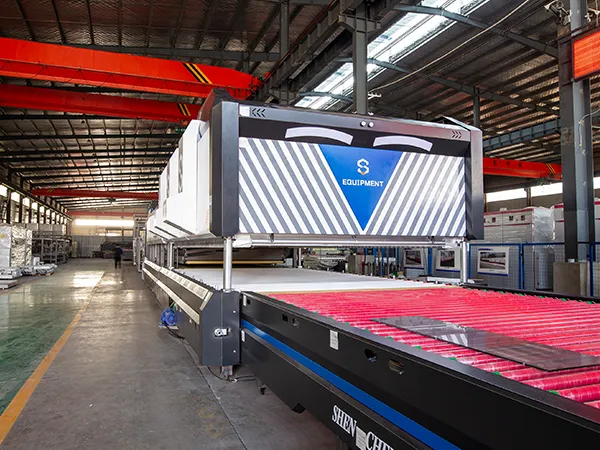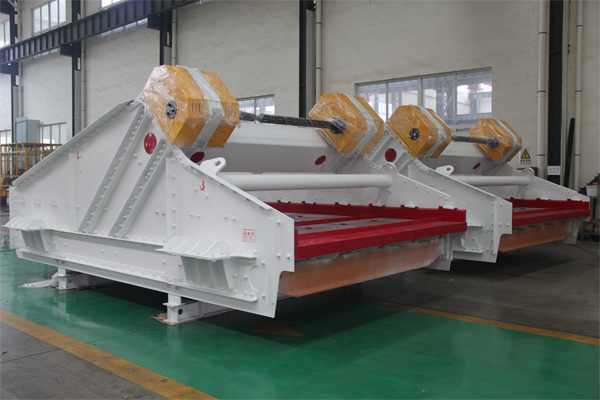Spindle bearings are bearings installed on the spindle of a machine tool to support the spindle and bear the loads on it, including radial loads and axial loads. Its performance directly affects the machining accuracy, rigidity and service life of the machine tool. The assembly method of the spindle bearing varies depending on the bearing type, size and application scenario. The following is a detailed explanation of the assembly method of the spindle bearing. Let’s learn about it together!
Spindle bearing assembly method

1. Preparación
Limpieza: Antes de la instalación, use a special cleaning solvent to thoroughly clean the shaft, bearing seat and the bearing itself to ensure that there are no impurities, dirt and oil on the surface. This is to prevent impurities from entering the bearing and affecting the bearing performance.
Check the size and accuracy: Check the size and accuracy of the shaft and bearing seat to ensure that they meet the use requirements of the bearing. If the size or accuracy does not meet the requirements, it will cause the bearing to run unstably or even break prematurely.
Prepare tools and lubricants: Prepare the required installation tools (such as presses, pullers, special sleeves, etc.) y lubricantes (select grease lubrication or oil lubrication according to actual needs).
2. Installation steps
Place the bearing: Gently place the bearing on the shaft or bearing seat, ensuring that the bearing is fully aligned with the shaft or bearing seat. Avoid using heavy tools such as hammers to directly hit the bearing to avoid damaging the bearing.
Ajuste el espacio libre: According to the type and size of the bearing, adjust the clearance of the bearing by adjusting the position of the bearing seat, adding or removing shims, etc. Make sure the clearance is adjusted appropriately to ensure the normal operation of the bearing.
Fix the bearing: Use appropriate nuts, bolts or other fixings to fix the bearing on the shaft and bearing seat. When tightening the fixings, pay attention to the torque to be appropriate, neither too tight nor too loose.
…
For more detailed information on spindle bearing assembly methods, por favor haga clic aquí: https://www.lkwebearing.com/news-center/spindle-bearing-assembly-method.html

